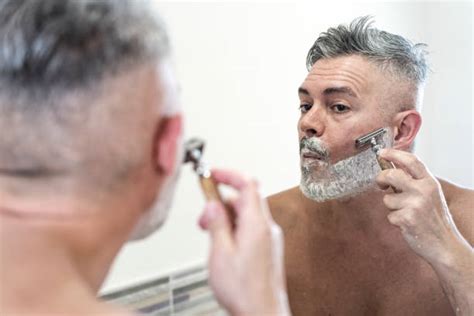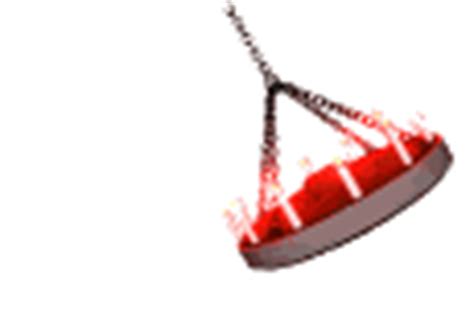Prevent ingrown hairs for consistently clear, peak-performance skin?
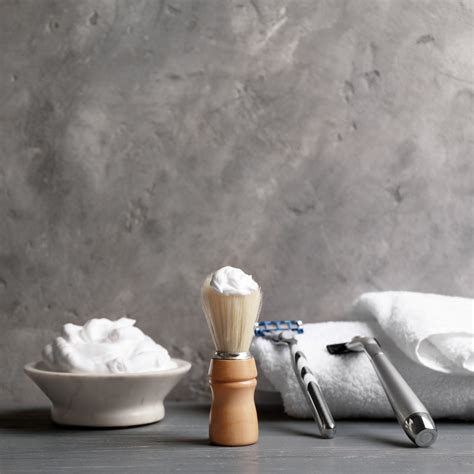
Understanding the Foe: What Are Ingrown Hairs?
Ingrown hairs are a common, frustrating, and often painful skin condition that occurs when a hair, instead of growing up and out of the follicle, curls back or grows sideways into the skin. This can happen after shaving, waxing, or plucking, and it’s particularly prevalent in areas with coarse or curly hair. For those committed to peak performance, whether in business or personal endeavors, the discomfort and unsightly nature of ingrown hairs can be a significant distraction, undermining confidence and skin health.
Left untreated, ingrown hairs can lead to inflammation, redness, itching, and even infection. They can also leave behind dark spots or scars, further compromising your skin’s clarity and overall appearance. The good news is that with a targeted approach and consistent effort, ingrown hairs are largely preventable.
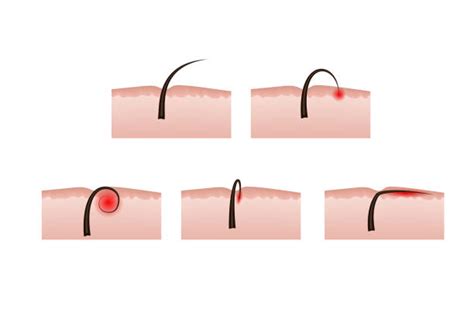
Root Causes: Why Do Ingrown Hairs Form?
Several factors contribute to the formation of ingrown hairs:
- Shaving Technique: Shaving too closely, using dull blades, or shaving against the grain can cut the hair at an angle, making it easier for the sharpened tip to re-enter the skin.
- Hair Type: Individuals with curly or coarse hair are more prone to ingrown hairs, as the natural curl of the hair makes it more likely to grow back into the skin.
- Skin Type: Dry skin can cause dead skin cells to accumulate, blocking follicles and trapping hairs underneath the surface.
- Blocked Follicles: Dirt, oil, and dead skin cells can clog pores, preventing hair from growing out properly.
Your Arsenal for Prevention: A Step-by-Step Guide
Achieving consistently clear, peak-performance skin requires a holistic approach to your grooming routine. Here’s how to prevent ingrown hairs:
1. Prep is Key: Pre-Shave Rituals
Preparation is the foundation of a successful, ingrown-hair-free shave.
- Warm Shower/Hot Towel: Soften your skin and hair by taking a warm shower or applying a hot, damp towel to the area for a few minutes before shaving. This opens up pores and makes hair more pliable.
- Exfoliate Gently: Use a mild physical or chemical exfoliant (like a salicylic acid wash) 2-3 times a week, and always before shaving. This removes dead skin cells that can trap hairs, allowing them to grow freely.
- Pre-Shave Oil: Apply a high-quality pre-shave oil to create a protective barrier between your skin and the razor, allowing for a smoother glide.
![New York Men's Fashion Week Street Style | [site:name] | Essence](/images/aHR0cHM6Ly90czQubW0uYmluZy5uZXQvdGg/aWQ9T0lQLjVYR001cnR2TV9pbUxkTWhkejhMbXdIYUxIJnBpZD0xNS4x.webp)
2. Master Your Shave Technique
How you wield your razor is paramount.
- Sharp Blade Always: A dull blade drags and pulls, leading to irritation and a higher chance of ingrowns. Replace your razor blade every 5-7 shaves or when you feel any tugging.
- Shave With the Grain: For most men, shaving in the direction of hair growth is crucial for preventing ingrowns. While it might not provide the closest shave, it significantly reduces irritation.
- No Pressure: Let the razor do the work. Pressing too hard can cut hair beneath the skin’s surface, increasing the likelihood of it growing back inwards.
- Rinse Frequently: Rinse your razor after every few strokes to clear away hair and shaving cream, ensuring optimal performance.
- Minimize Passes: Try to achieve your desired closeness in as few passes as possible. Each pass increases irritation.
3. Post-Shave Care: Soothe and Protect
The job isn’t done once the razor is put away.
- Rinse with Cold Water: Close your pores and soothe your skin by rinsing the shaved area with cold water.
- Alcohol-Free Aftershave Balm: Apply a hydrating, alcohol-free aftershave balm to calm irritation and moisturize. Alcohol can dry out the skin, leading to more ingrown hairs.
- Moisturize Daily: Keep your skin hydrated with a non-comedogenic moisturizer. Well-moisturized skin is more pliable, allowing hairs to grow out more easily.
- Targeted Treatments: Consider using products specifically designed to prevent ingrown hairs, often containing salicylic acid or glycolic acid, to keep follicles clear.

4. Product Power: Choosing Wisely
The right products can make a world of difference.
- Quality Shaving Cream/Gel: Opt for rich, lubricating creams or gels that create a thick lather to protect your skin and lift the hair. Avoid aerosol foams with harsh chemicals.
- Exfoliants: Incorporate gentle physical exfoliants (like a scrub with fine beads) or chemical exfoliants (alpha or beta hydroxy acids) into your routine.
- Moisturizers: Use non-comedogenic, hydrating lotions or creams to keep skin supple without clogging pores.
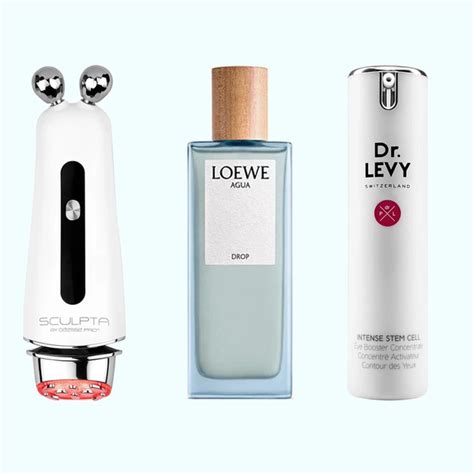
5. Consider Alternatives (If Persistent)
If ingrown hairs remain a persistent issue, you might explore alternative hair removal methods:
- Electric Shavers: These often don’t cut as close as a blade, reducing the risk of hair growing back into the skin.
- Hair Removal Creams: Chemical depilatories dissolve hair at the surface, but always patch test first for skin sensitivity.
- Laser Hair Removal: For a more permanent solution, laser treatment can significantly reduce hair growth.
The Long-Term Payoff: Beyond Just Smooth Skin
Committing to an ingrown hair prevention strategy is about more than just aesthetics. It’s about optimizing your skin’s health, comfort, and ultimately, your confidence. When your skin is clear, smooth, and free from irritation, you eliminate a common source of discomfort and distraction, allowing you to focus on what truly matters and perform at your best. This consistent grooming discipline reflects a broader commitment to self-care and attention to detail that extends into all aspects of a high-performance lifestyle.

By implementing these strategies, you’re not just preventing a minor inconvenience; you’re investing in the long-term health and clarity of your skin. Embrace these practices, and enjoy the benefits of consistently clear, peak-performance skin, day in and day out.
